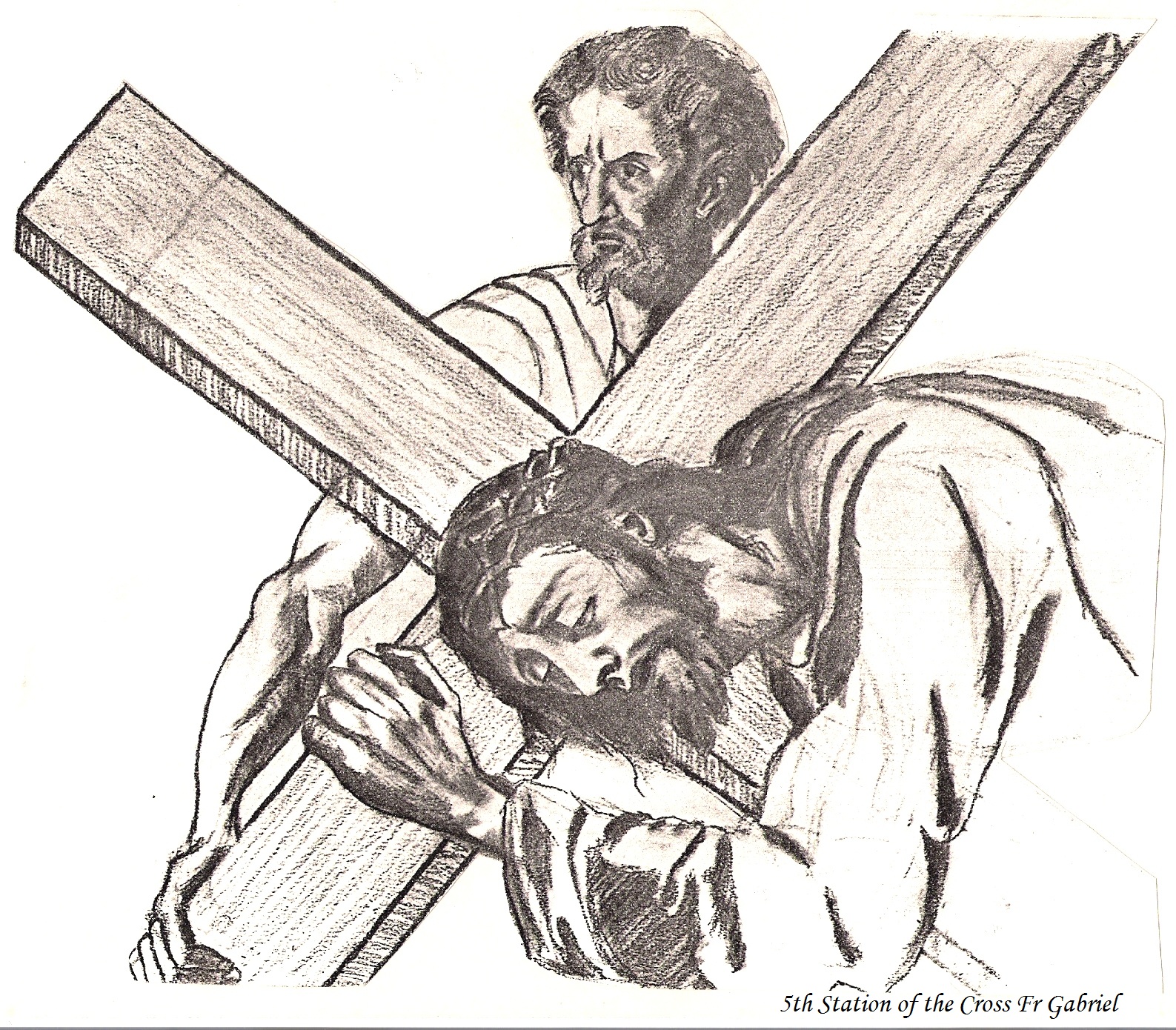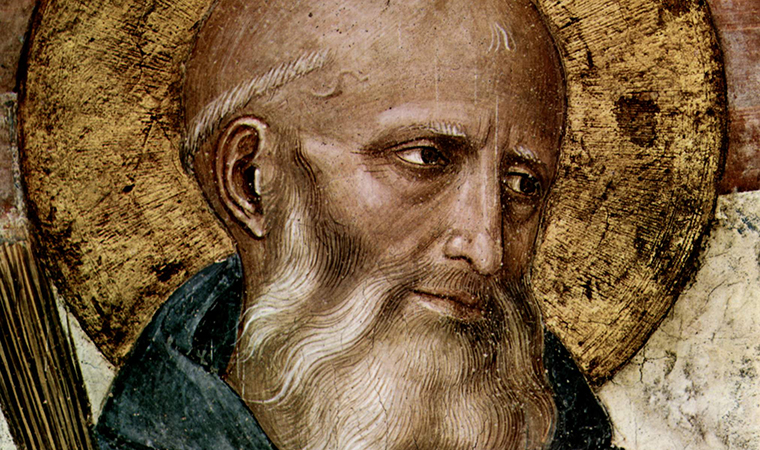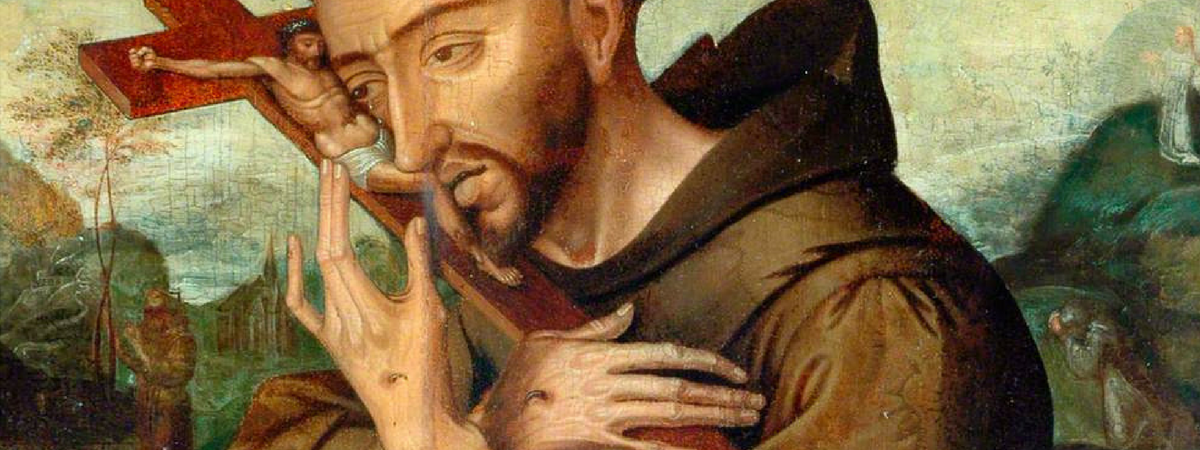St. Bernard (1090-1153 A.D.) lived at a time of splintering turmoil within the Church. Monasteries that were once devoted to the “desert way” of life fell victim to worldly temptations. Spiritually, traditional practices in the monastic way were slowly fading away. However, it was Bernard’s “honey tongue” steeped in Scripture that knew how to redirect the heart of society back towards God. At the young age of twenty-four, Bernard was given the seemingly impossible task to establish a new foundation at Langres (1115) as abbot to twelve monks. Living the Christian state of life as consecrated religious calls for the removal of whatever is incompatible with the practice of love of God and neighbor. Hence, Bernard accepted the enormous task to carry out Christ’s mission with a heart of love. Known as the “bitter valley,” the uncultivated Langres was depleted of natural resources and basic…
For St. Francis De Sales, the soul belongs to no one but God. Only in God can humanity truly experience happiness. Reading his spiritual work Introduction to the Devout Life gives witness to the immeasurable value and dignity of every person. Spiritual devotion for de Sales is simply the true love of God that is possible for a person in any vocation. Beyond all his spiritually devout contributions to Catholicism, De Sales illumined how longing and living for God above all leads to true joy and fulfillment. Prayer of Dedication to the Lord – St. Francis De Sales Lord, I am yours, and I must belong to no one but you. My soul is yours, and must live only by you. My will is yours, and must love only for you. I must love you as my first cause, since I am from you. I must love you as my…
“Your Way of Acting Should be Different than the World’s Way” – Rule of St. Benedict Without the Dialogues of St. Gregory the Great, the “man of holy life, Benedict by name, and the benediction of God upon him” would have remained hidden to the world. St. Benedict would have no issue with this outcome. For three years he lived in solitude in an obscure cave, embracing the ascetic life as a hermit on Mt. Subiaco. It is only after he is discovered that St. Benedict must re-enter the world as a living spiritual compass pointing to Christ. While no net is wide enough to capture his contributions to Catholic spirituality, the ensuing highlights key areas of influence. Fear, uncertainty and great suffering surrounded the life of St. Benedict in ways not unlike the world today. He devoted his life entirely to God, teaching followers…
St. Francis of Assisi – Conformed in the Body and Image of Christ. Reflecting on the life of “Francesco,” the acclamation “another Christ” among the greatest saints is attributed to him with reverence after Blessed Mary. It is St. Francis who first receives Christ’s stigmata so that his lowly body would conform to Christ’s glorious body (Phil 3:21). That which follows highlights the ways in which St. Francis is esteemed as the most beloved reflection of Christ the world has ever known. In his younger years, St. Francis experienced the many comforts that come to a prominent family managing a successful business. Even so, the wealth that lay waiting for him did not have the same life changing impact as the Gospel of St. Matthew. The message “Do not get any gold to take with you in your belts” dramatically drew Saint Francis into a life of…
Prophet Isaiah’s vision of the holy Temple The ancient appellation “Sanctus, Sanctus, Sanctus” is believed to have first been suggested by Pope St. Clement (A.D. 88-97) in a letter to the Corinthians, although its introduction to the Mass took place approximately two centuries later. As Christians praise the holiness of God in the Liturgy, they envision the same majestic glory Isaiah describes taking place in heaven. Hence, the sacred Sanctus (“Holy, Holy, Holy”) is the most beautiful of all liturgical acclamations. The beloved triplet prayer of praise is made visible to the world through the Liturgy of the Mass, artistic imagery, sacrament and prayer. Each form uniquely enables the faithful to contemplate the beauty of God sitting on his throne with seraphs exalting his praise from above (Isa 6:3). In his vision, the Prophet Isaiah captures the angelic sight and sounds he overheard surrounding the holy…






